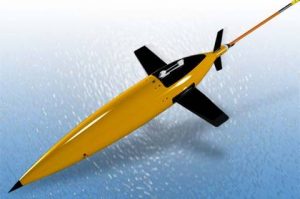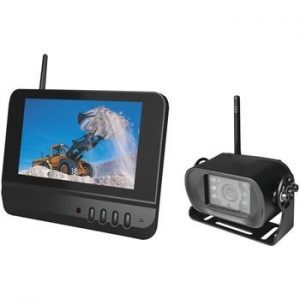The Best Technology Used To Research Oceans
Human population is incredibly dependent on the sea, and yet we know so little about it. Did you know that only 2% of oceans have been researched so far? This is a shockingly small percentage. Studying and understanding the oceans is also essential for shipping companies. In this way, we can predict the weather and sea conditions, which are vitals for ships in planning courses and taking necessary measures and precautions. But, the more pressing issue is that ocean observation system helps us understand the ocean pollution, climate changes and untapped recourses and current changes. So, below are mentioned relevant technologies scientist use every day.
High-frequency radars
This tool measures the speed and the direction of ocean surface near the coastline, from a few kilometers to 200 km offshore. HFR also detects the objects floating on the sea surface, and it has proven to be very useful for search and rescue operations. The radar sends the signal offshore, and the conductive seawater surface returns a message, providing velocity and direction. The device gives data every 15 minutes, and even they are even placed directly into the water by ship members to measure current speeds. The HF radars are also able to provide data that satellites are incapable of doing.
SeaGliders
This device is an autonomous underwater vehicle or underwater glides that are designed to measure long-term oceanographic parameters. With the help of small changes in buoyancy and wings, the vehicle can move forward. It has a battery that powers the entire machinery. Seaglider is made for long missions that cover up to thousands of miles and last for many months. The vehicle can operate at a depth up to 1000. It moves quickly through the water, and the internal sensors can determine depth, heading, and attitude when it dives.
Animal telemetry
Animal telemetry includes marine animals to wear a small electronic tracking device. This tagging technology helps us understand how these animals interact with the ocean. The collected data is essential to see how climate changing and pollution is affecting the marine life. Back in the 1990s, this device was first tested on sharks, sea turtles, seals, and whales. Sensors monitor animals and gather valuable data from unreachable areas in the ocean. They are used in extreme conditions where other devices and methods are useless.
Boyo system
This is a floating instrumentation platform in the sea used to gather data about the sea and environmental conditions. For instance, it can collect the information such as sea temperature, current speed, humidity, wave parameters and wind speed. Once the data is received, it is sent to shore centers throughout a satellite. They analyze the result and make predictions based on collected parameters in a particular area. Boyo system is beneficial with tsunami pred ictions because it has a bottom pressure recorder, which is deployed at the ocean bottom.
ictions because it has a bottom pressure recorder, which is deployed at the ocean bottom.
Drifters
Using the drifters, scientists can measure global ocean currents and their effects. With new improvements, drifters offer ocean circulation patterns in real time. They can be deployed from the ships and airplanes, and once they hit the ocean surface, drifters collect data and send it to onshore stations.
